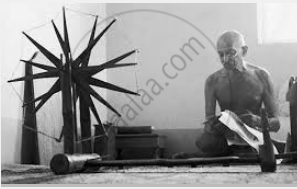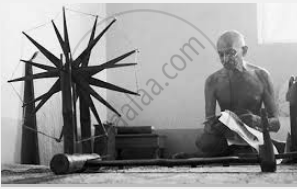Advertisements
Advertisements
प्रश्न
Match the following:
| Column A | Column B |
| 1. Quit India Movement | (a) Subhash Chandra Bose |
| 2. Forward Bloc | (b) Suppressed by the British |
| 3. World War ended | (c) Division of British India into India and Pakistan |
| 4. Mountbatten Plan | (d) 30 January 1948 |
| 5. The assassination of Gandhi | (e) 1945 |
उत्तर
| Column A | Column B |
| 1. Quit India Movement | (b) Suppressed by the British |
| 2. Forward Bloc | (a) Subhash Chandra Bose |
| 3. World War ended | (e) 1945 |
| 4. Mountbatten Plan | (c) Division of British India into India and Pakistan |
| 5. The assassination of Gandhi | (d) 30 January 1948 |
APPEARS IN
संबंधित प्रश्न
Fill in the blank:
Gandhi spent about 22 years in _____________ as a practicing lawyer.
Fill in the blank:
In February 1947, the British government declared that power would be transferred to the Indians by __________.
Choose the correct answer:
The Non-Cooperation Movement was launched by Gandhiji in ___________.
Choose the correct answer:
A resolution declaring ‘Poorns Swaraj was declared as its goal at the _____________ session of the Congress
Choose the correct answer:
The Cripps Mission was sent to India in 1942 when the British empire was under the threat of a___________
State whether the following is true or false:
Independence Day was celebrated on 26 January in 1930.
Why did Gandhiji lead campaigns in Champaran?
Answer the following question briefly
With reference to Gandhiji, discuss his views on the following issues: Social justice
This is the picture of an Indian leader who was known as the ‘Father of the Nation’,

What method did Mahatma Gandhi use in the Indian struggle for freedom?
This is the picture of an Indian leader who was known as the ‘Father of the Nation’,

Mention the features of his non-violent struggle against the British.
